Easter And Passover Traditions Around The World Slideshow
Called Pasqua, Easter in Italy is a very religious holiday celebrated from Good Friday through the Monday after Easter (called Pasquetta). In Sicily, more than 2,000 friars dress in ancient costumes for a procession called Enna, while in Abruzzo, their procession features over 100 violins playing Miserere. Florence's celebrations are more explosive — literally. "Scoppio del Carro" occurs with a decorated cart dragged through the city by white oxen until it reaches the Battistero, where Easter mass is held. When the choir begins to sing Excelsis Deo, a small rocket is shot at the cart, which ignites the fireworks held within.
Italians make beautiful feasts for Easter Sunday including dishes like lamb with red wine and sweet rolls in Sicily, potatoes with rosemary and prosciutto pizza in Rome, and chicken liver pate and lasagna in Tuscany. Why not try your hand at making an authentic Italian Easter menu this year.
Passover in Israel
Known as the Feast of Unleavened Bread, Passover takes place over the course of seven days with one or two Seder meals and a mass. The complete removal (and sometimes burning) of any leavened products, or chametz, from one's home is maintained in Israel and around the world, while Israelis also hold other preparations (cleaning the house and preparing meals) as part of the ritual. The Seder meal consists of traditional foods including Matzah and lamb. Families traditionally read from the Haggadah before the meal.
Since 1999, "New Age" Israelis have held a festival on the beach, called the Boombamela festival during Passover. With live music, crafts, spiritual talks, and prepared foods, the festival is a three-day celebration of "nature."
Easter in Haiti
Easter in Haiti is one of the most colorful and vibrant celebrations around, mixing Catholic and Voodoo traditions together with "rara" music played on trumpets, maracas, and drums. Voodoo believers embark on a procession to the village of Souvenance and make offerings to the spirits, while Catholics attend a midnight mass the night before Easter followed by a celebratory dinner of fish or lamb with bay leaf and parsley, beans or sweet potatoes, and bread.
Passover in Poland
Hasidic Jews in Poland have been known to reenact the Crossing of the Red Sea in their living rooms by pouring water on their floors and saying the names of the region they would pass by while crossing it. Dishes like kugel, gefilte fish, chicken soup, and brisket are all traditionally made and enjoyed during Passover in Poland.
Easter in Greece
Greek Easter is not always held on the same day as "Western" Easter (although in 2011, it is). One of Greece's most important celebrations, Greek Easter consists of festivals, events, and feasts held all across the country (and in Greek communities around the world). During Holy Week, preparations are made including making the "red eggs," cleaning the house, baking Easter breads, making special Easter candles as gifts, and attending mass every evening. Perhaps the best-known preparation in Greek Easter is of the lamb, which is slowly spit-roasted and ultimately served with red wine, "magiritsa" soup, salads, and various types of bread.
Passover in Nepal
It might sound surprising to find that over 2,000 people from all over the world travel to Katmandu, Nepal to celebrate Passover. Coinciding with the Nepalese New Year, it is an enormous celebration – one of the biggest outside of Israel. Kosher foods, like matzah, fish, and wine, are shipped in from Israel and made fresh in Nepal. Visitors and locals trek up the Himalayas in the days and weeks before Passover begins to reach Katmandu to participate in the celebrations. Long tables and tents are set up for the Seder meal, consisting of chicken, lamb, and plenty of vegetables.
Easter in France
Easter eggs are common in many countries, but no one uses them quite like the French. According to legend, France's giant omelette tradition (pictured left) began with Napoleon. Resting in the town of Bessieres for the night, Napoleon dined on an omelette so delicious, he ordered the townspeople to gather all the eggs in the town and prepare a huge omelette for his army the next day. The town still makes their famed giant omelette each year on Easter. Beyond the giant omelette, traditional Easter meals in France include lamb with spring beans and plenty of little chocolates.
Passover in Ethiopia
The Jewish community in Ethiopia, who were long prosecuted and who left Ethiopia for safe haven in the mid-80s, now commemorate their past and Passover by breaking all of their dishes and making new ones. They dine on traditional kosher meals, including matzah, lamb, and a vegetable stew.
Easter in Mexico
Rather than just celebrating on Easter Sunday (or from Good Friday), Mexicans celebrate the entire Holy Week, called "Semana Santa." Processions occur all throughout the country with various religious events each evening – from foot-washing ceremonies on Maundy Thursday to passion plays on Good Friday. Easter Sunday is celebrated quietly and among family with a meal consisting of fish soup or shrimp, dried squash with cheese and tomatoes, and a dessert called capirotada, or bread pudding with milk, cheese, peanuts, and raisins.
Passover in the U.S.
Much like Passover traditions in Israel, the focus of the week is the Seder meal. The meal should consist of three matzahs, a roasted shankbone, red eggs, bitter herds (generally parsley), charoses (nuts with fruit and wine), salad, lamb, and red wine. Before the meal, one member of the family will read from the Haggadah, while afterward there are Passover songs and Passover games to play with children.
Easter in the U.S.
Easter traditions in the United States are colorful and generally kid-friendly. The Easter bunny, Easter egg hunts, Easter mass, and a range of desserts are all included in American celebrations. That the White House hosts an annual Easter Egg Roll goes to show how popular the traditions of dying, filling, hiding, and finding Easter eggs actually are. Traditional Easter meals consist of ham, hot cross buns, green beans, asparagus, and beloved "bunny cakes." Easter eggs (traditionally a Pagan symbol adopted by Christians), get painted with bright colors and designs and are often filled with chocolates and jelly beans before being hidden around a house or garden for young kids to find.
